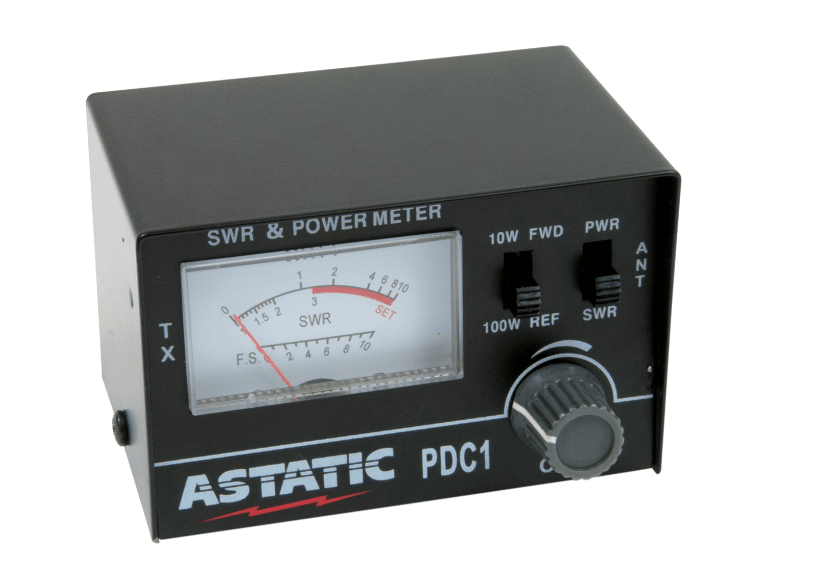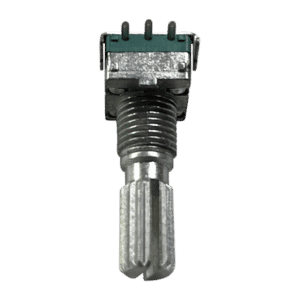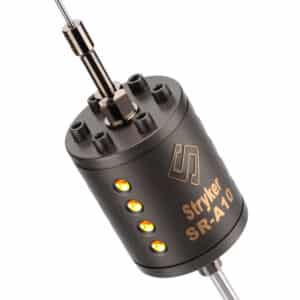What is SWR, and why should you be concerned about it?
When it comes to CB antennas, SWR (or Standing Wave Ratio) is something you should always be aware of. SWR measures how well your antenna matches your radio’s impedance. The lower the SWR, the better the match, and the more efficient your radio will be. A high SWR can cause problems with your radio, including decreased range and increased interference.
Tuning your antenna is essential for two reasons:
1. To get the most talking distance with your radio.
2. To prevent damage to your radio
How SWR is Measured
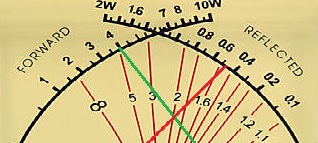
SWR is measured on a scale from 1 to 10, but anything over 2.5 is considered high. If you have an SWR of 3, you could easily damage your radio. So it’s essential to keep an eye on your SWR, and if it starts to creep up, take action to fix the problem.
The tools of the trade
Luckily, tuning your antenna to achieve the lowest SWR is relatively easy. You’ll need an SWR meter, which you can pick up at any electronics store. A more sophisticated way of checking your SWR is with an Antenna Analyzer.
If you’re tuning your antenna with a meter, you’ll need to adjust the length of the antenna until you achieve the lowest SWR reading possible. This can be a trial and error process, so be patient and take your time.
Using SWR Meter
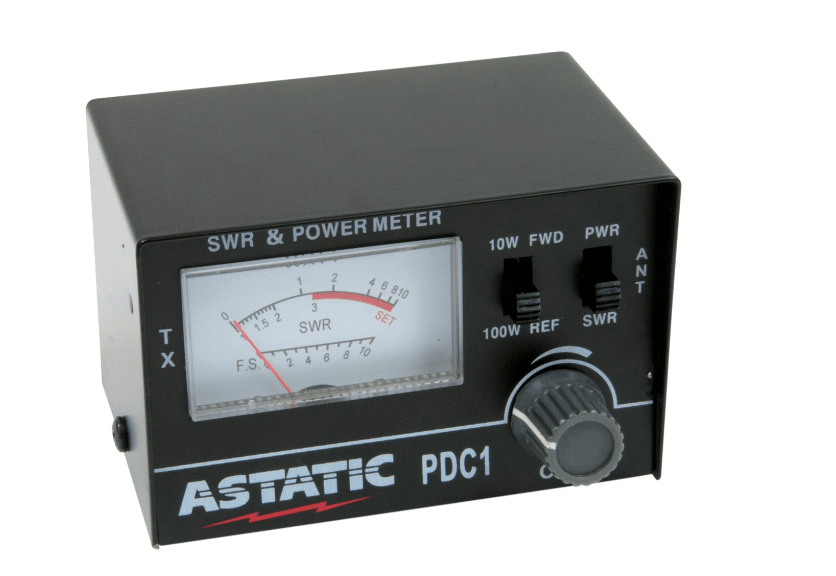
Check your SWR on channels 1, 20 & 40. If it’s higher on Channel 40 than Channel 1, your antenna is still too long. If it’s lower on Channel 40 than Channel 1, your antenna is too short. Adjust accordingly and recheck the SWR on all channels until you achieve the lowest SWR reading possible.
Antenna Analyzer
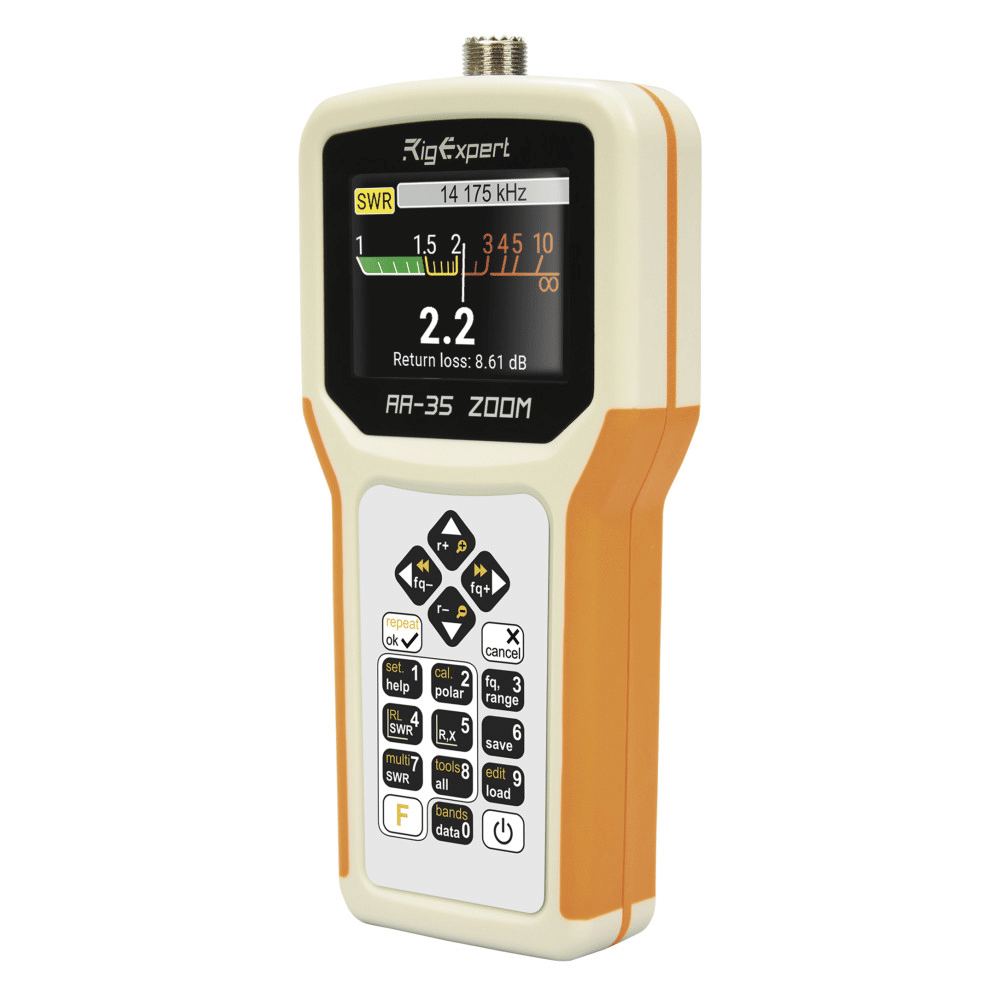
If you’re using an antenna analyzer, the process is different. You’ll want to adjust the length of your antenna until you find the resonance point or where the SWR reading is at its lowest. Resonance is more critical than SWR, and you usually won’t have the lowest SWR where your antenna is resonant.
Now that you know where your antenna is resonant, check the SWR on channels 1, 20 & 40. Adjust accordingly and recheck the SWR on all channels until you achieve the lowest SWR reading.
Check your SWR regularly
Once you’ve tuned your antenna, it’s essential to recheck your SWR periodically to ensure that it hasn’t drifted out of tune. This is especially important if you live in an area with extreme weather conditions, as the changes in temperature and moisture can cause your SWR to change.
If you notice that your SWR is starting to creep up, or if you experience any problems with your CB radio, give your antenna a once-over to make sure it’s still in good shape. Check your coax cable and any connections for moisture intrusion or corrosion. It’s good to coat the connectors with dielectric grease to prevent corrosion. If everything looks good, retune your antenna and see if that solves the problem.
Keep Your Antenna Looking Good
Even if you don’t live in an area with extreme weather conditions, it’s essential to keep your CB antenna clean. Over time, dirt and grime can build up on your antenna, affecting its performance. When cleaning, you can use an all-purpose cleaner followed by automotive wax. Doing so will help protect your antenna and make future cleaning easier. No matter what type of CB antenna you have, it’s essential to take care of it. With a little bit of care, your antenna will look and perform its best.
Weather Damage Usually Occurs Over Time
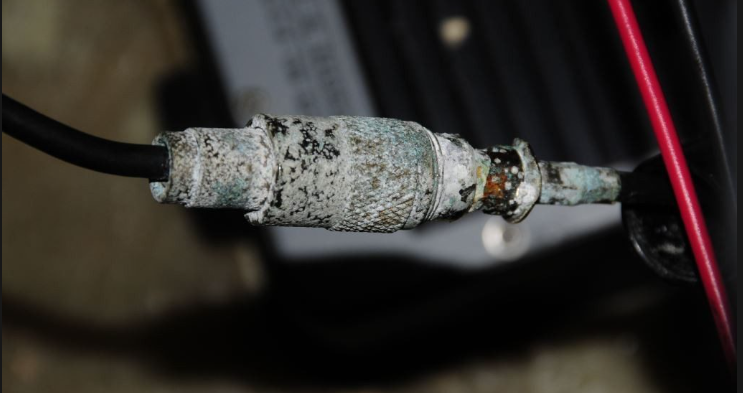
Your antenna system will eventually succumb to UV rays and the elements. When replacing it, consider a high-quality CB antenna from Stryker Radios. Made with quality in mind, we build our antennas to last.
Our team of experts is here to help if you have any questions. Give us a call today!
Conclusion
A properly tuned CB antenna is essential for getting the most out of your CB radio. By following the tips outlined above, you can ensure that your antenna is always in top condition and performing at its best.

